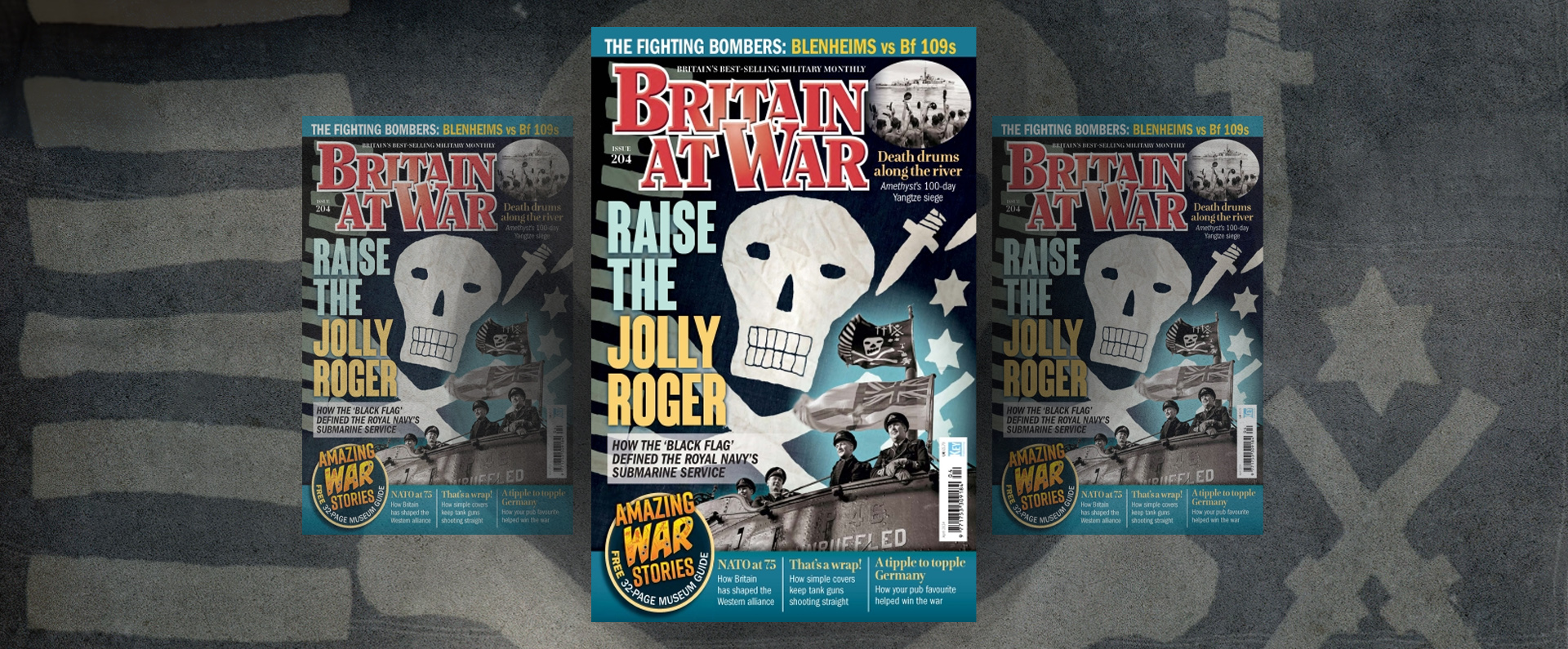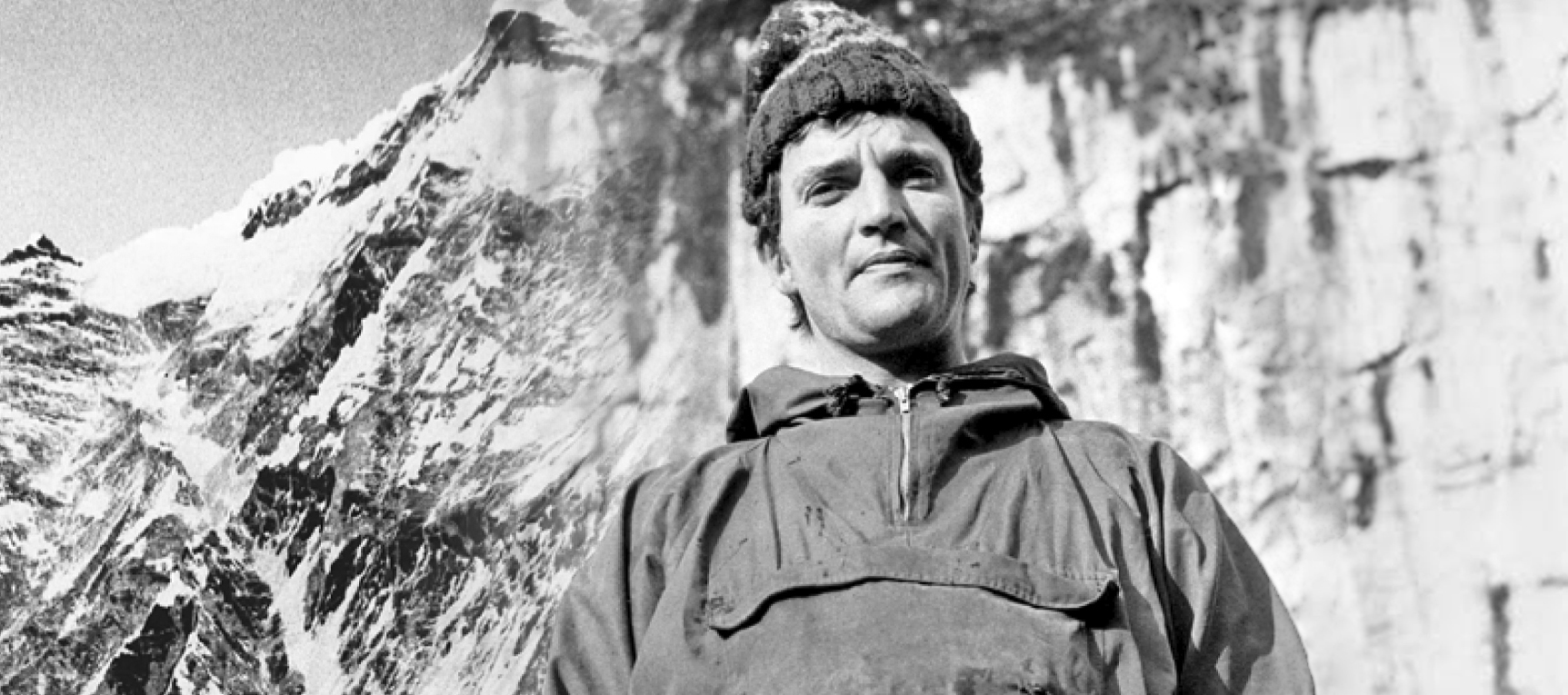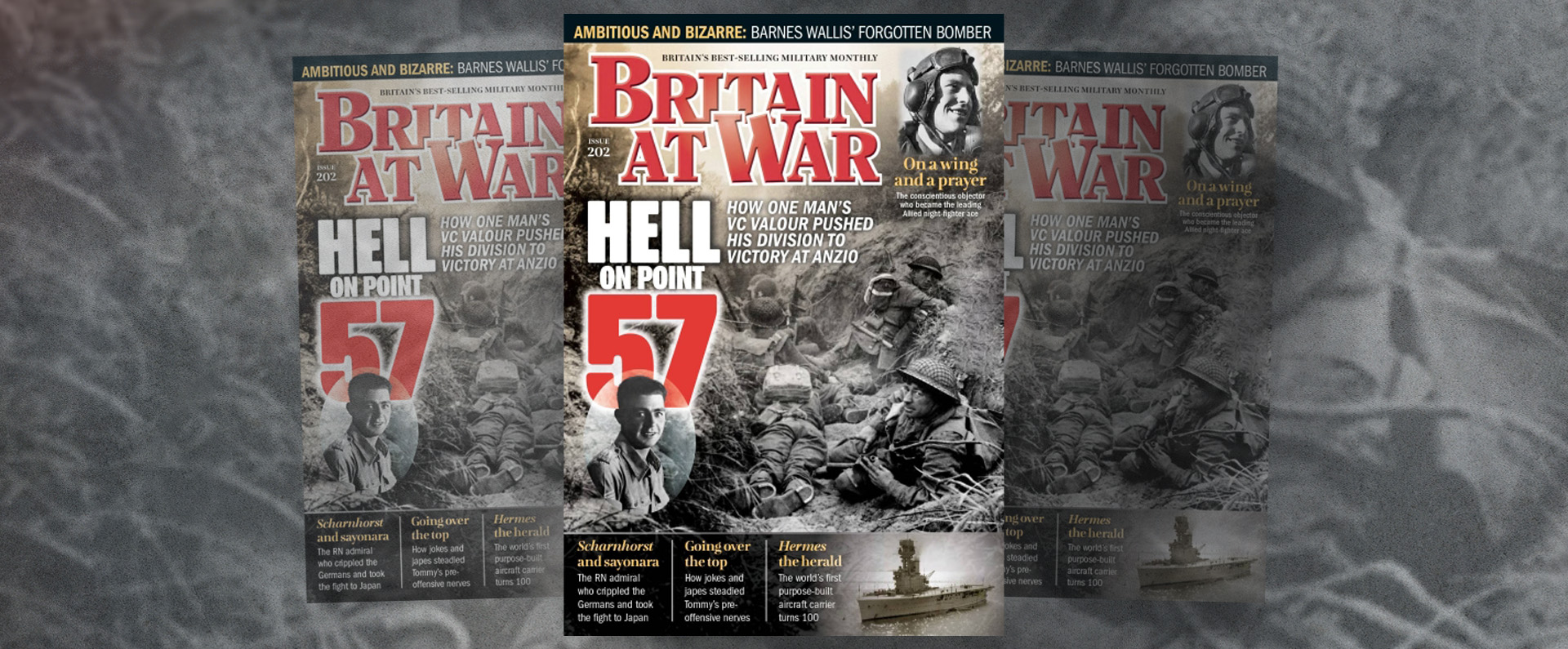
Published in Britain at War in September 2018.
Company Quartermaster-Sergeant Alexander Picton Brereton VC: initiative
Alexander Picton Brereton was born in Oak River, Alexander, Manitoba, Canada, on 13 November 1892. He was the son of Cloudesley Brereton, a farmer, and his wife Annie (née Black). One of six children, four boys and two girls, he was educated in Oak River.
He worked as a farm labourer and, later, a barber before enlisting into the 144th Battalion, Canadian Expeditionary Force, in late January 1916.
In September 1916, Brereton embarked for the United Kingdom with his Canadian comrades. In January 1917, he arrived in France and joined the 8th Battalion, Manitoba Regiment, (2nd Brigade, 1st Canadian Division) in February of that year.
His VC action took place on 9 August 1918, during the second day of the Battle of Amiens in France. On this day, the Allies continued their successful progress eastwards. As the British and French advanced, the Canadian Corps also made significant gains, including the capture of Warvillers.
His VC was awarded for gallantry during the final stages of the First World War – the day after the Allies launched their famous Hundred Days Offensive. III Corps was deployed between the Ancre and the Somme; from this point the Australian Corps manned the line south to the Amiens railway. After this point, the Australians handed over to the Canadians who were, in turn, responsible for the sector that ran south to the Amiens-Noyon road (where they linked up with the French). By any standards, the advance eastwards was well planned and well carried out.
However, Brereton’s platoon was ambushed on 9 August 1918 at Hatchet Wood, near Warvillers and east of Amiens. Machine-gunners threatened to wipe out the entire platoon but, as The London Gazette of 27 September 1918 explained, Brereton, then aged twenty-five, went into action, bravely and calmly:
“For most conspicuous bravery during an attack, when a line of hostile machine guns opened fire suddenly on his platoon, which was in an exposed position, and no cover available. This gallant N.C.O. at once appreciated the critical situation, and realised that unless something was done at once his platoon would be annihilated. On his own initiative, and without a moment’s delay and alone, he sprang forward and reached one of the hostile machine-gun posts, where he shot the man operating the machine-gun and bayonetted the next man who attempted to operate it, whereupon nine others surrendered to him.
“Cpl. Brereton’s action was a splendid example of resource and bravery, and not only undoubtedly saved many of his comrades’ lives, but also inspired his platoon to charge and capture the five remaining posts.
As the Great War drew to a close, Brereton was presented with his VC by George V at an investiture at Buckingham Palace on 24 October 1918. Also present at the investiture was Sergeant Frederick Coppins, from the same regiment as Brereton, who was awarded the VC for his bravery during the same action.
As a 24-year-old corporal, Coppins had also been met by machine-gun fire and, like Brereton, he and his men had no cover. Coppins called on four men to follow him and they rushed straight for the machine-guns. The four men were killed and Coppins was wounded but he nevertheless reached the enemy alone, killed the operator of the first machine-gun and three of the crew before capturing four other surrendering soldiers. His citation stated: “Cpl. Coppins, by this act of outstanding valour, was the means of saving many lives of the men of his platoon, and enabled the advance to be continued.”
After war ended, Brereton returned to Canada where he initially spent some time with family friends, after being welcomed by Lieutenant Colonel A.W. Morley and other officers from the 144th Battalion. After some relaxation, he travelled to Violadale, Manitoba, where he was given a hero’s welcome.
After being discharged from the Canadian Expeditionary Force in 1919, Brereton farmed at Elnora, Alberta, where he eventually acquired 640 acres of land on which he lived and worked. In June 1925, he married Mary McPhee and the couple went on to have a son and two daughters. In November 1929, Brereton attended a VC dinner at the House of Lords.
In June 1939, Brereton was presented to George VI and Queen Elizabeth during their visit to Edmonton, Canada. He resumed his military service, aged forty-six, some three months after the outbreak of the Second World War in September 1939, serving as a company quartermaster sergeant at Red Deer Training Camp, Alberta.
He was discharged in 1944 and ran a butcher’s shop and, later, a general store before returning to farming in Elnora. However, by this time his son, Mac, had taken on most of the responsibility for running the farm where he built up a splendid herd of Aberdeen Angus cattle.
In June 1956, Brereton attended the VC/GC Review in London, which was arranged to mark the centenary of the VC’s creation. Later he moved to Fort St John, British Columbia.
In May 1976, Brereton was admitted to hospital suffering from heart problems. He died at Colonel Belcher Hospital, Calgary, on 11 June 1976, aged eighty-three. He was buried in Elnora Cemetery four days later, following a funeral service at Knox United Church, Three Hills.
His wife, Mary, had died four years earlier. A Royal Canadian Legion post at Elnora has been named in Brereton’s honour and there is a portrait of him at the Canadian War Museum in Ottawa.
I acquired Brereton’s medal group in a private purchase in 2006 and I feel immensely privileged to be the custodian of this splendid soldier’s decorations and service awards.
Download a PDF of the original Britain at War article
For more information, visit:
LordAshcroftOnBravery.com


